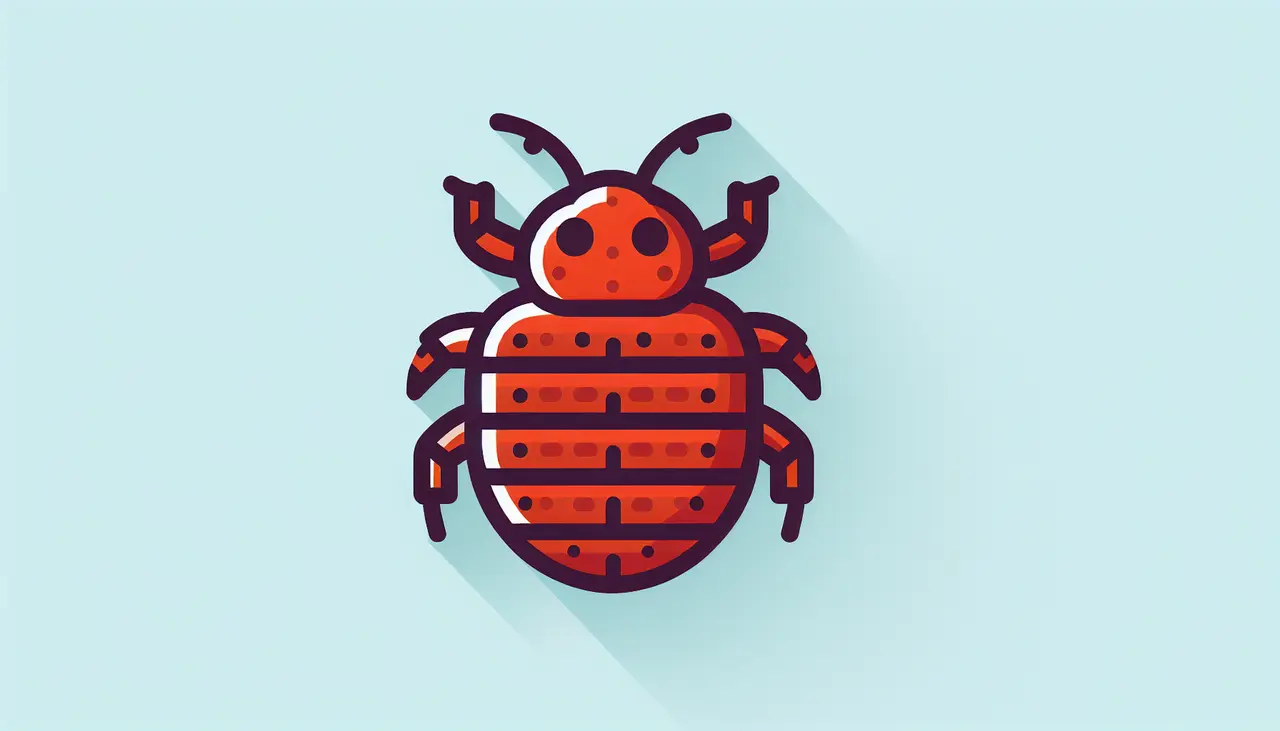Bed bugs might be tiny, but they can cause big headaches once they invade your space. Despite their minute size, these pesky insects are experts at hiding and can seamlessly integrate into various parts of your home, causing distress and discomfort. In this blog, we’ll explore the common hiding spots of bed bugs in your house and offer insights on how to identify their presence.
To help you keep these unwelcome guests at bay, consider using effective repellent products like the Shake Shield Combo Bed Bug Repellent. It’s a simple way to add a layer of protection to your home, making it even harder for bed bugs to find their way in and settle down. Plus, it’s a reassuring step you can take to ensure your living space remains comfortable and worry-free!
The Mysterious World of Bed Bugs
Bed bugs have been around for centuries, quietly inhabiting spaces and causing discomfort. These nocturnal creatures feed on human blood and are excellent at staying out of sight. But where exactly do they hide? While they are known as bed bugs, their presence isn’t limited to beds alone. Beyond the confines of your mattress lies a world where they thrive, from the cracks in your walls to the upholstery of your favorite reading chair.
Understanding the behavior and lifecycle of bed bugs is crucial. Not only do they hide during the day, emerging only when it’s dark, but their breeding habits also contribute to their persistence. A female bed bug can lay hundreds of eggs in her lifetime, ensuring the continuation of their species despite human efforts to control them. It’s this resilience that makes them a formidable pest.
Identifying Common Bed Bug Hiding Spots
Bed bugs are masters at finding cozy crevices to call home. They are typically found in the seams of mattresses, within box springs, and even headboards. Their small, flat bodies allow them to tuck into the tiniest folds and fabrics. It’s essential to know the typical characteristics of a bed bug. Adults are roughly the size of an apple seed, though some could be smaller and harder to spot, making their detection tricky for the untrained eye.
But identifying these pests isn’t just about spotting them. Often, the presence of bed bugs is signaled by the traces they leave behind. You may find tiny, reddish-brown fecal spots on mattresses or other surfaces, or notice the musty, sweet odor that often accompanies an infestation. Paying close attention to these signs can reveal more about their presence than merely spotting a bug at night.
Beyond the Bed: Unexpected Places Bed Bugs Can Be Found
While their name suggests a preference for beds, these bugs aren’t picky—couches, chairs, and other upholstered furniture can also serve as a haven. Look out for them in curtain folds, under carpets, and along electrical outlets. In fact, bed bugs are adept at traveling beyond their comfort zones, making virtually any part of a home fair game for these invaders.
The spread of bed bugs isn’t confined to furniture alone. Shared public spaces such as laundromats and libraries also stand as unsuspected breeding grounds. They latch onto your clothing, bags, and even books, catching a ride back to your home. Consequently, places such as dressing lines in closets, stacks of books, or any upholstered vehicle seats become yet another hideout for these persistent bugs.
Signs of a Bed Bug Infestation in Your Home
Detecting bed bugs early can save you a lot of trouble. Look for physical signs such as reddish stains on bed linens, small dark dots (their excrement), or even finding their molted skins lying around. Sometimes, the bites themselves serve as indicators, appearing in lines or clusters on skin and often sparking an itchy, sometimes allergic reaction.
Although bed bugs do not transmit diseases, their presence is nonetheless troubling. Waking up to bites that weren’t there when you went to sleep, finding clustered dark dots on the edge of mattresses, or noticing a peculiar sweet odor can drive anyone to paranoia. Vigilance is key, as an unchecked infestation can proliferate quickly.
What to Do If You Suspect Bed Bugs
If you suspect an infestation, act quickly. Start by thoroughly cleaning and vacuuming suspected areas, and consider reaching out to pest control experts. Timely intervention can prevent a minor infestation from becoming a major one. For a more natural approach, discover our range of effective solutions on how to get rid of bed bugs naturally.
Regular inspections and meticulous cleaning form the bedrock of a proactive defense against bed bugs. Lavishing attention on the typical spots using appropriate remedies can thwart their advances. Should matters go beyond your control, picking up the phone and calling a pest control service remains a salient last line of defense. In curbing bed bugs, every moment counts.
Keeping Your Home Bed Bug-Free
Understanding the various hiding spots of bed bugs is the first step in effectively dealing with an infestation. By being proactive and vigilant, you can protect your home from these unwelcome pests. Remember, early detection and prompt action can make all the difference in keeping your home bed bug-free and your peace of mind intact. For comprehensive help, including effective repellent products, visit our homepage and explore our range of bed bug repellent products and tips for a bug-free home.










Leave a comment
All comments are moderated before being published.
This site is protected by hCaptcha and the hCaptcha Privacy Policy and Terms of Service apply.